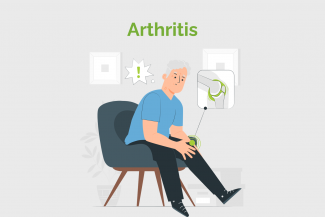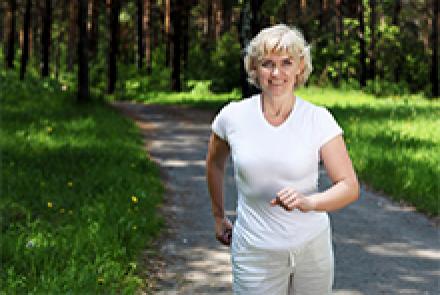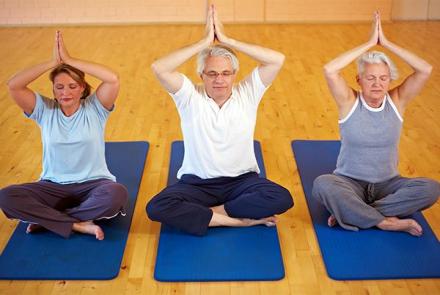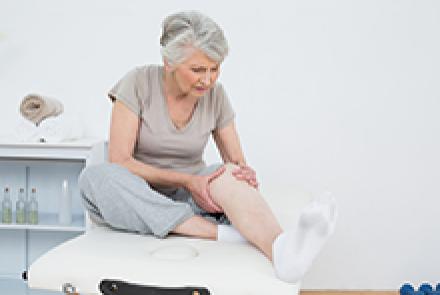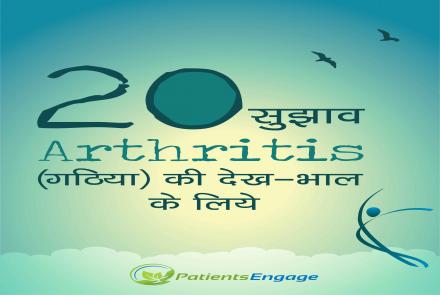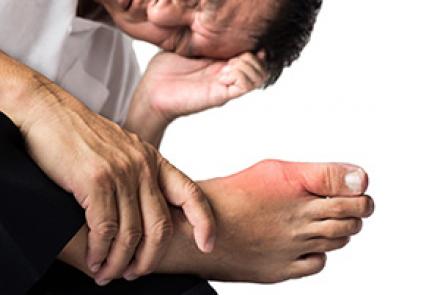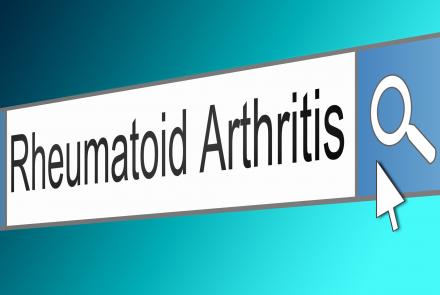
How to manage arthritis
You may be prescribed the following medications depending on the cause of the arthritis:
http://www.patientsengage.com/conditions/arthritis/treatments
Rest and exercise
People with arthritis should exercise. According to the U.S. Department of Health and Human Services, there is strong evidence indicating that both endurance and resistance types of exercise provide considerable disease-specific benefits for people with osteoarthritis and rheumatic conditions (www.arthritis.org/conditions-treatments/understanding-arthritis/)
Aim to exercise for 40 minutes daily. Physical exercise can reduce joint pain and stiffness and increase flexibility, muscle strength and endurance. Exercise may result in weight loss, which, in turn, reduces stress on painful joints and contributes to an improved sense of well-being. One pound of weight loss results in four pounds of pressure taken off each knee.
Having said that, people with arthritis should develop a comfortable balance between rest and activity. One sign of arthritis is fatigue. Patients must pay attention to signals from their bodies. If you are experiencing pain or fatigue, take a break. But remember, too much rest may cause muscles to become weak and joints to become stiff.
Before starting any exercise programme, consult your doctor.
Food
A well-balanced diet is an important part of the treatment. Along with exercise, a well-balanced diet helps people manage their body weight and stay healthy.
Diet is especially important for people who have gout arthritis. People with gout should avoid alcohol and foods that are high in purines, such as organ meats (liver, kidney). Other suggestions include eating plenty of fruits and vegetables while cutting down on salt, processed foods, sugar and saturated fats. Some believe that dairy products may increase inflammation.
The following herbs have a reputation as anti-inflammatories, and may help to manage arthritis:
- Ginger
- Alfalfa seeds
- Cinnamon
- Turmeric
- Green tea
- Spinach
- Aloe Vera juice
Heat and cold therapies
Heat and cold can both be used to reduce the pain and inflammation of arthritis. The patient and doctor can determine which one works best.
Heat therapy increases blood flow, tolerance for pain and flexibility. Heat therapy can involve treatment with paraffin wax, microwaves, ultrasound or moist heat. Physical therapists are needed for some of these therapies, such as microwave or ultrasound therapy, while patients can apply moist heat themselves. Some ways to apply moist heat include placing warm towels or hot packs on the inflamed joint or taking a warm bath or shower.
Cold therapy numbs the nerves around the joint (reducing pain) and may relieve inflammation and muscle spasms. Cold therapy can involve cold packs, ice massage, soaking in cold water or over-the-counter sprays and ointments that cool the skin and joints.
Hydrotherapy, Mobilization therapy and relaxation therapy
Hydrotherapy involves exercising or relaxing in warm water. The water takes some of the weight off painful joints, making it easier to exercise. It helps relax tense muscles and relieve pain.
Mobilisation therapies include traction (gentle, steady pulling), massage, and manipulation. (Someone other than the patient moves stiff joints through their normal range of motion.) When done by a trained professional, these methods can help control pain, increase joint motion and improve muscle and tendon flexibility.
Relaxation therapy helps reduce pain by teaching people various ways to release muscle tension throughout the body. In one method of relaxation therapy, known as progressive relaxation, the patient tightens a muscle group and then slowly releases the tension. Doctors and physical therapists can teach patients a variety of relaxation techniques.
Splints and braces
Splints and braces are used to support weakened joints or allow them to rest. Some prevent the joint from moving; others allow some movement. A splint or brace should be used only when recommended by a doctor or therapist, who will explain to the patient when and for how long the device should be worn. The doctor or therapist also will demonstrate the correct way to put it on and will ensure that it fits properly. The incorrect use of a splint or brace can cause joint damage, stiffness and pain.
Assistive devices
A person with arthritis can use many kinds of devices to ease the pain. For example, using a cane when walking can reduce some of the weight placed on a knee or hip affected by arthritis. A shoe insert (orthotic) can ease the pain of walking caused by arthritis of the foot or knee. Consult your doctor for advice.
Surgical options: http://www.patientsengage.com/conditions/arthritis/treatments
Take charge – Your Action Plan
It is common to experience aches and pains in your muscles and joints from time to time, particularly if you take part in unusual or strenuous physical activities. So how can you distinguish the early signs of arthritis from ‘normal’ pain and stiffness? And how do you know when you should see your doctor about your symptoms?
If the pain developed after a spell of unusual exercise or activity, you may have just overdone it a bit, and the pain should ease within a few days. However, you should seek advice from your doctor if any of the following apply to you:
- The pain isn't linked to an injury or persists for longer than a week
- Your joint has become swollen, and isn't linked to an injury
- You also feel unwell or have a fever
- You’re unable to do your everyday tasks due to joint or muscle pain
- Your back hurts after lifting something heavy, and taking painkillers, applying heat and trying to stay active for a day or so hasn’t helped
- You experience swelling, stiffness or a painful ‘squeeze’ in your joints
- The earlier you get diagnosed the better the outcome, so don't delay seeing your doctor if there's no obvious reason for the pain.
If you have been diagnosed with arthritis, here are some simple ways to help you manage it:
Take your prescribed medication
Use Hot or Cold Packs
Go for walks and exercise every day
Try yoga
Manage your weight
Practice relaxation
Wear the right shoes
Don’t smoke
Know your support team – Who can help you stay healthy
General physician
Orthopaedic surgeon
Physiotherapist
Dietitian

